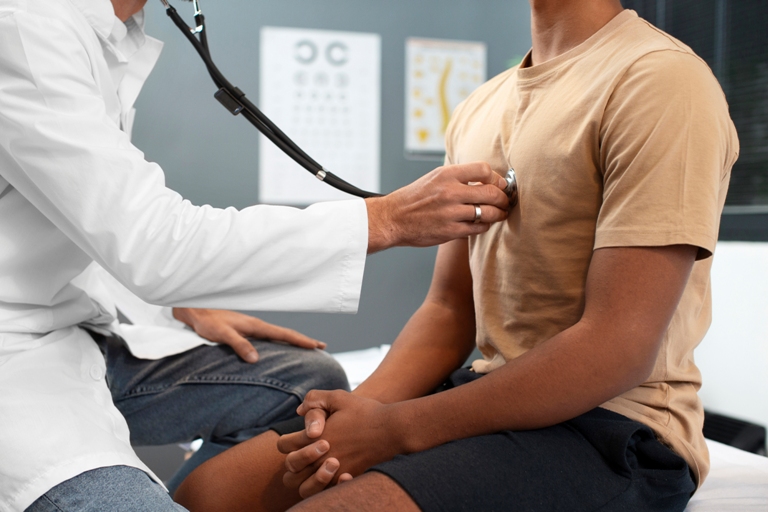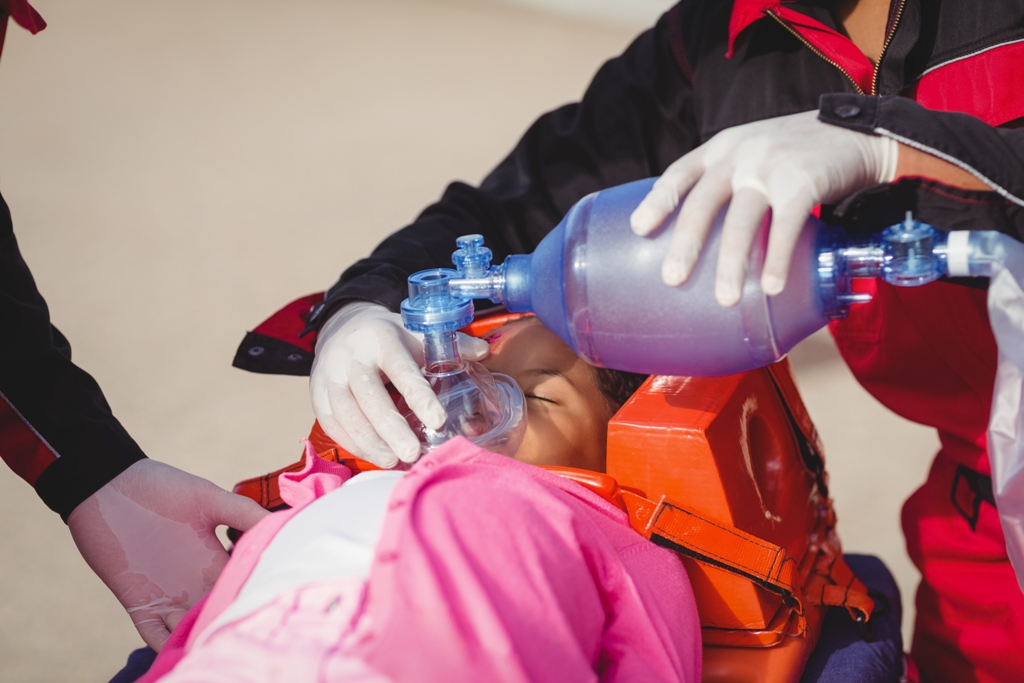Cardiac arrest can strike at any moment—whether at home, in a school, or on the road. In Nigeria, the lack of awareness and training in Cardiopulmonary Resuscitation (CPR) significantly reduces the chances of survival for victims. According to the Nigerian Cardiac Society, sudden cardiac arrest accounts for over 30,000 deaths annually. Yet, fewer than 5% of these cases receive any form of bystander intervention before emergency services arrive.
CPR is a lifesaving technique used when someone’s heartbeat or breathing has stopped. While advanced medical care is ideal, immediate CPR can double or even triple the chances of survival. Unfortunately, myths and fear prevent many Nigerians from attempting it. Some fear legal consequences; others simply don’t know how to respond.

The process is simpler than many think. First, check the victim’s responsiveness and breathing. If they are unresponsive and not breathing or gasping, call emergency services immediately (112 or 767 in Nigeria). Next, begin chest compressions by placing your hands in the center of the chest and pushing hard and fast—about 100 to 120 compressions per minute. If trained, you can add rescue breaths after every 30 compressions. If an Automated External Defibrillator (AED) is available, use it as soon as possible.
Training in CPR takes just a few hours but can save a life in minutes. Nationwide training institutions now offer certification programs for both individuals and organizations. Schools, religious centers, and offices should incorporate CPR training into their safety programs. In many developed countries, CPR knowledge is considered a basic civic skill—taught in schools, required for driver’s licenses, and promoted through public campaigns.
Nigeria must take a similar approach. The more people who know CPR, the higher our collective ability to respond to emergencies. In a country where emergency response times are often slow due to traffic or infrastructure, community-based first response is not just helpful—it’s essential. Learning CPR is not just about saving others—it could one day save someone you love.





